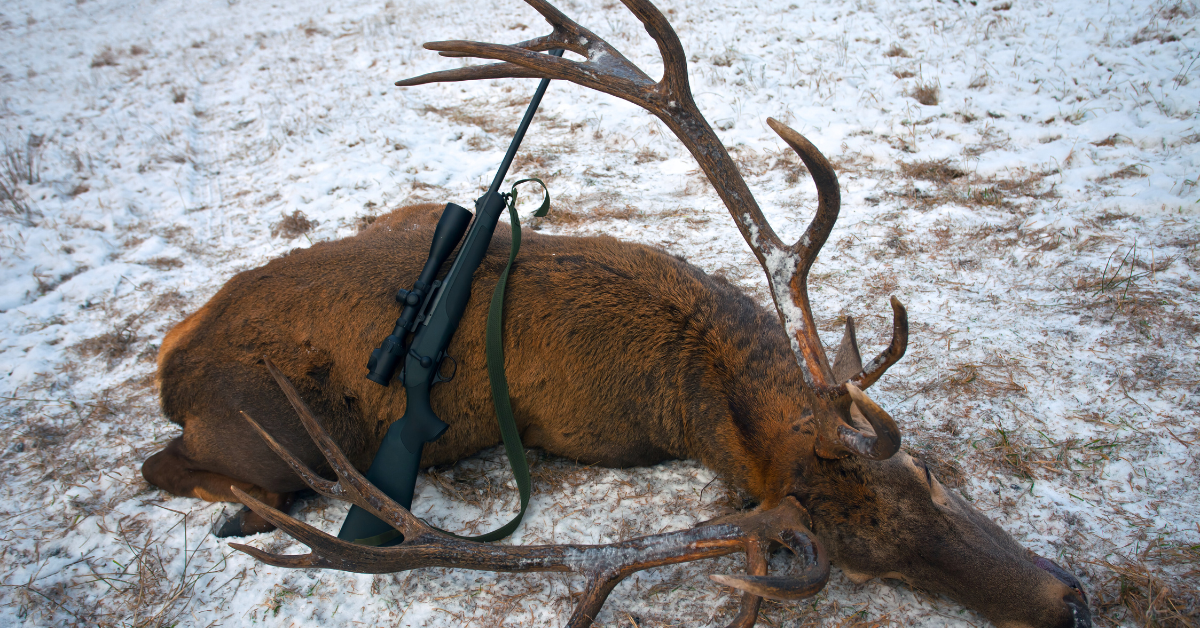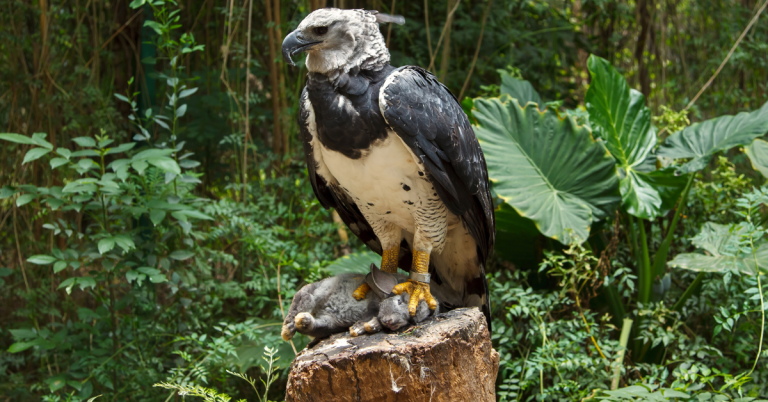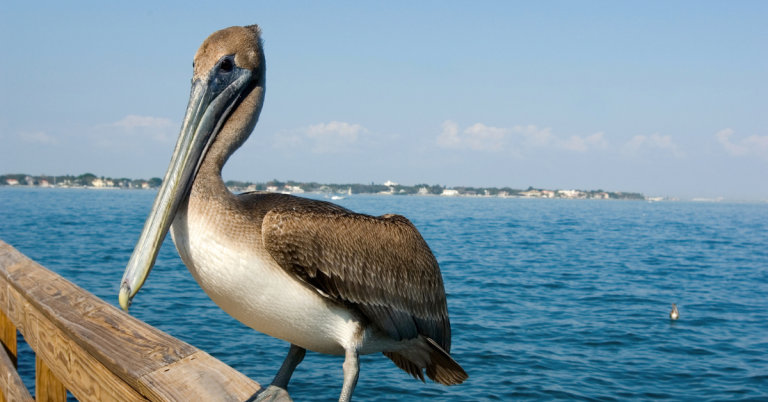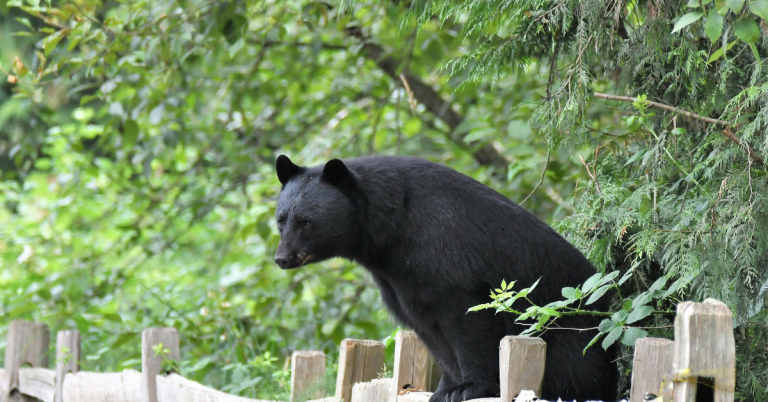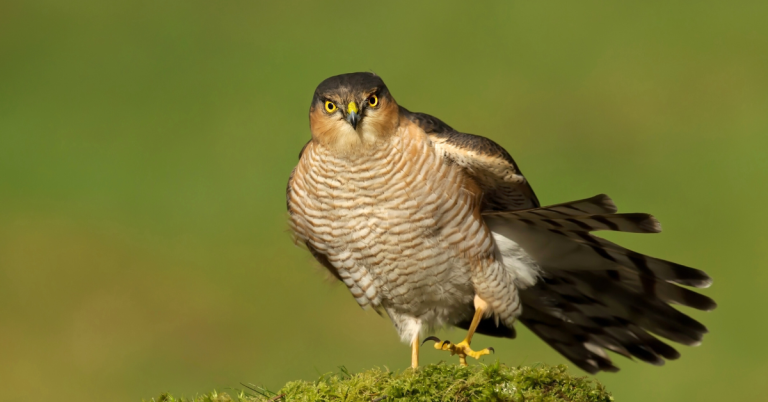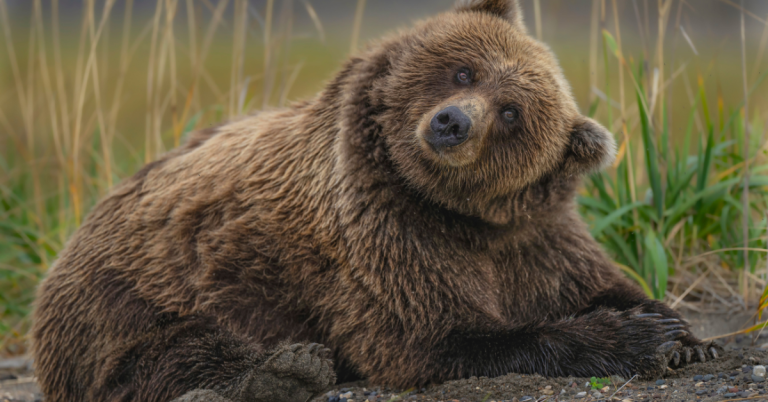deer Hunting guide
Deer hunting is not just a sport; it’s a pursuit that requires knowledge, skill, and respect for both the animal and the environment. In this comprehensive hunting guide, we’ll delve into every aspect of deer hunting, from understanding their behavior to ethical considerations and legal obligations.
Understanding Deer Behavior
To become a successful deer hunter, it’s essential to understand the behavior of your quarry. Deer are crepuscular animals, meaning they are most active during dawn and dusk. They have keen senses, particularly their sense of smell, which makes scent control crucial. Understanding their feeding, bedding, and movement patterns will increase your chances of a successful hunt.
Choosing the Right Hunting Location
Selecting the right hunting location is paramount. Look for areas with abundant food sources, water, and cover. Scout potential hunting grounds well in advance to identify deer sign such as tracks, rubs, and scrapes. Utilize maps, trail cameras, and local knowledge to pinpoint the best spots.
Effective Hunting Tactics
Deer hunting tactics vary depending on the terrain and hunting method. Whether you prefer still hunting, stand hunting, or stalking, employing effective camouflage, scent control, and stealth is essential. Learn to use deer calls and decoys to lure deer within range, but always remember to practice patience and restraint.
Ethical and Responsible Hunting
Ethical hunting involves fair chase and humane harvesting. Always follow hunting regulations and obtain necessary licenses and permits. Practice marksmanship to ensure clean, ethical kills, and never take shots beyond your capabilities. Respect the animal by retrieving all harvested game and minimizing waste.
Field Dressing and Meat Processing
Proper field dressing and meat processing are essential for preserving the quality of the venison. Learn how to field dress deer efficiently to cool the meat and prevent spoilage. Invest in quality knives and equipment for butchering, and consider learning different venison recipes to make the most of your harvest.
Species and Subspecies
Different deer species and subspecies may inhabit your hunting area, each with unique characteristics and behaviors. Familiarize yourself with the specific deer species in your region, including white-tailed deer, mule deer, and black-tailed deer, to tailor your hunting strategies accordingly.
Hunting Legality by Area
Understanding hunting regulations and legal boundaries is crucial for staying compliant and respecting wildlife conservation efforts. Research local hunting laws and regulations, including bag limits, season dates, and hunting zones, to ensure you hunt responsibly and ethically.
Legal and Cross-Border Considerations
If you plan to hunt across state or international borders, be aware of additional legal considerations and requirements. Obtain necessary permits and documentation, and familiarize yourself with any restrictions or regulations governing the transportation of firearms and harvested game.
Safety Tips
Safety should always be a top priority when hunting. Practice firearm safety protocols, including proper handling, storage, and transportation of firearms. Wear blaze orange clothing to increase visibility to other hunters, and inform someone of your hunting plans and expected return time.
FAQs
Where is the best place to hunt for deer?
Look for areas with abundant food, water, and cover, and scout potential hunting grounds well in advance.
What is the best time to hunt for deer?
Deer are most active during dawn and dusk, so plan your hunts accordingly.
Hunting methods: Choose hunting methods that suit your preferences and the terrain, whether it’s still hunting, stand hunting, or stalking.
What is the reason for deer hunting?
Hunting provides an opportunity to connect with nature, practice conservation, and harvest organic, sustainable meat.
